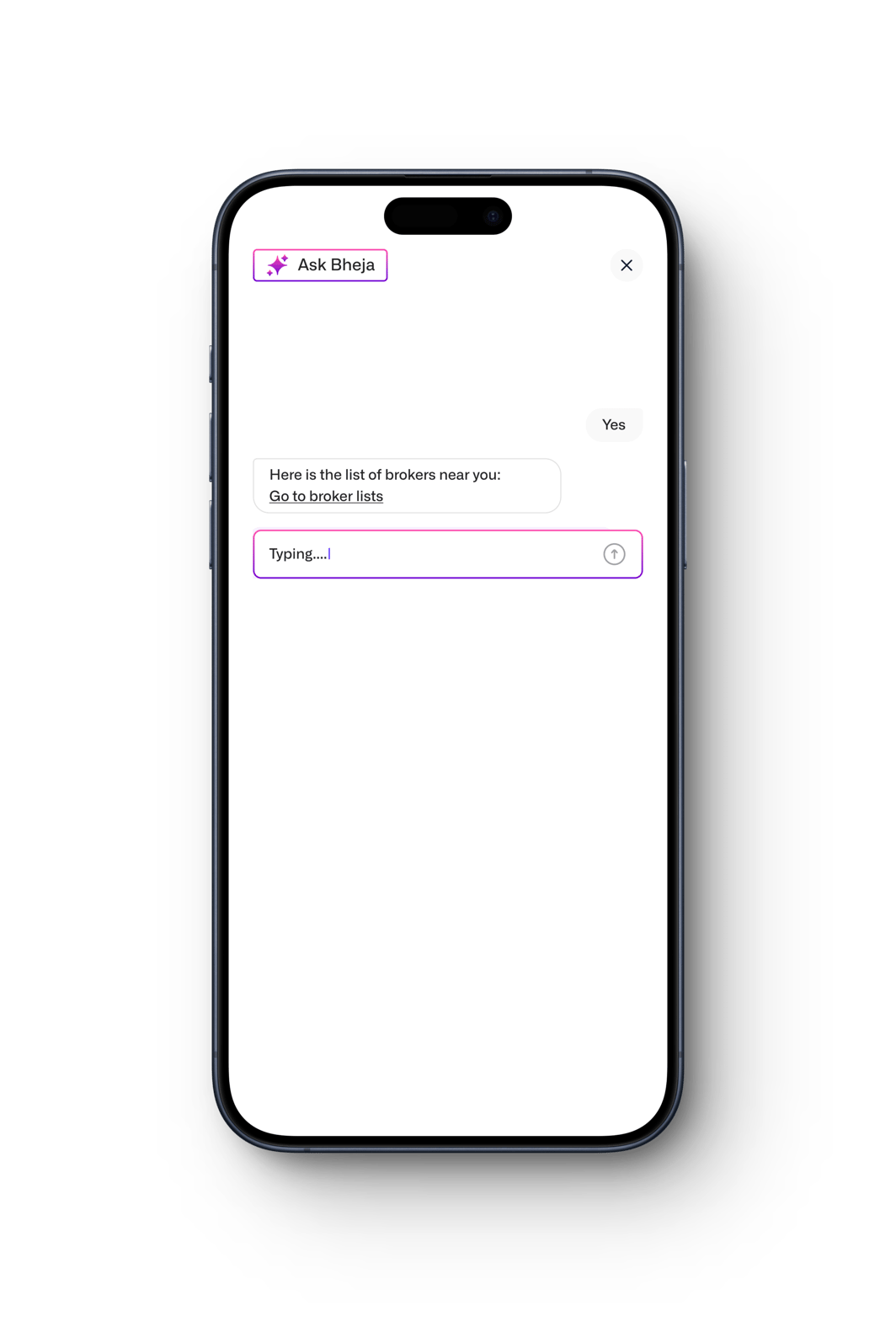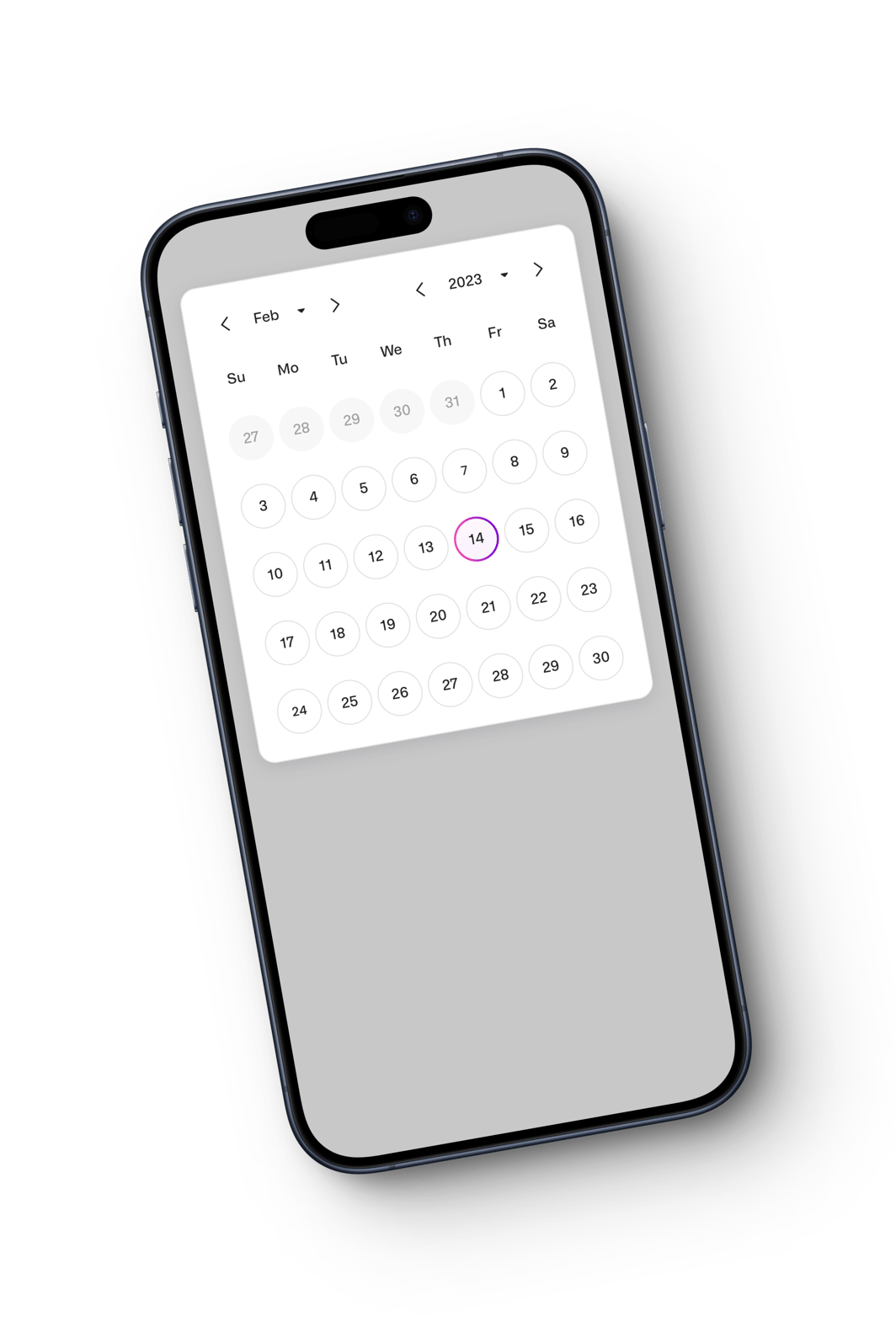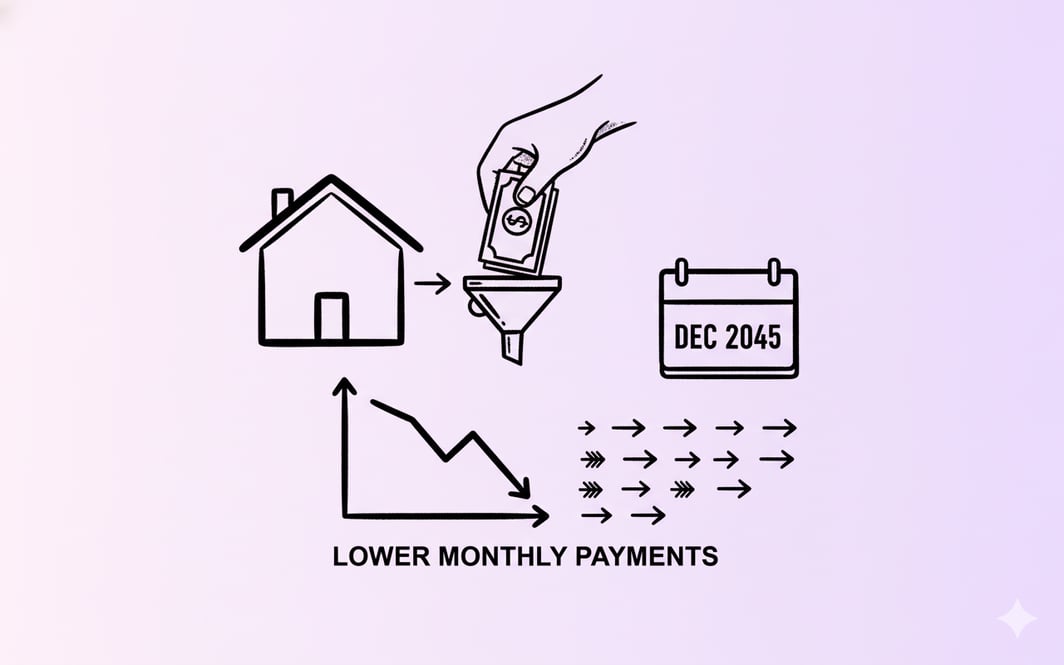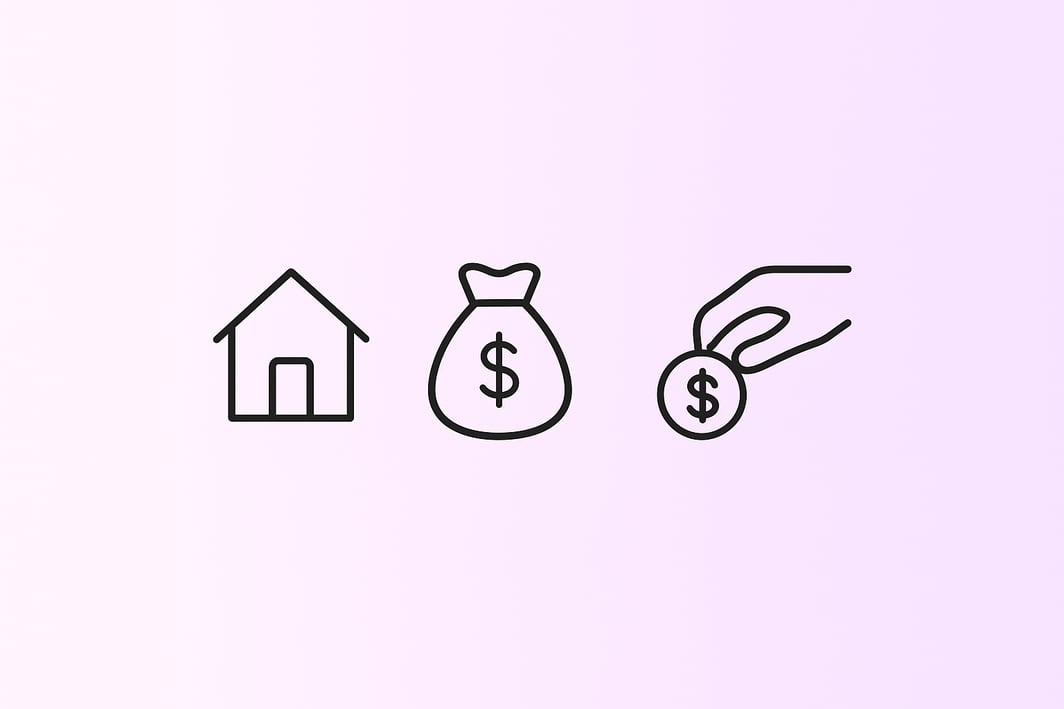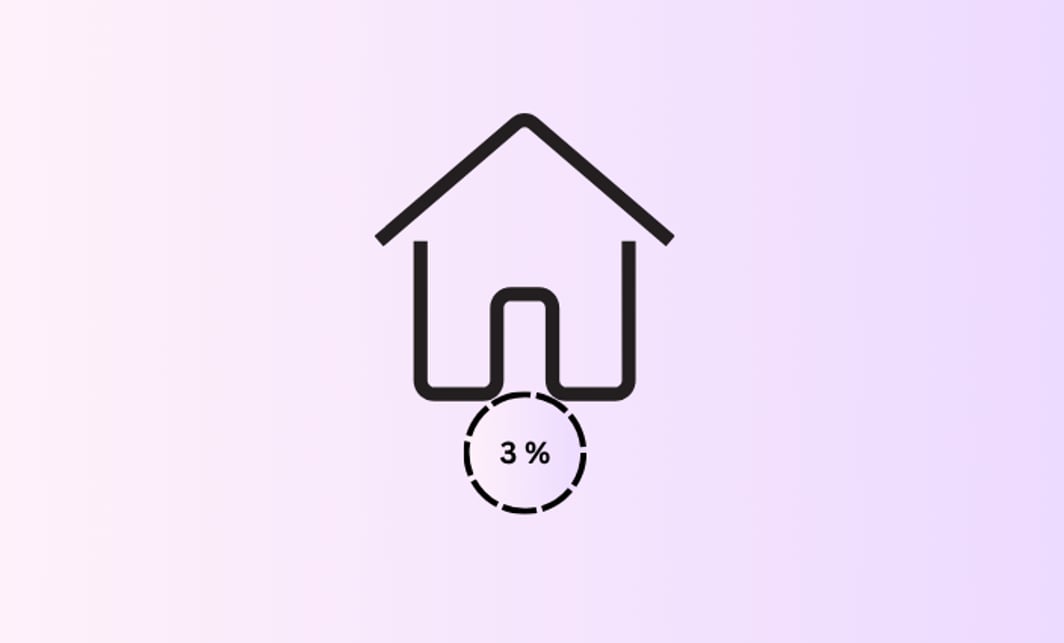Why Loan Type Matters
Not all home loans are created equal. Your choice affects:
- Monthly repayments
- Your ability to refinance
- Interest costs over time
- Access to features like redraws or offset accounts
Let’s explore your options.
Fixed-Rate Home Loans
Lock in a specific interest rate for a fixed term, typically 1–5 years, for predictable repayments and budget certainty.
What it is:
You lock in a specific interest rate for a fixed term (usually 1–5 years). This means your repayments stay the same regardless of market fluctuations during your fixed period.
Pros
Pros
Predictable repayments : Easier budgeting with consistent monthly payments
Protection from rate hikes : Your rate stays locked even if market rates increase
Often lower introductory rates : Competitive rates to attract new customers
Cons
Cons
Less flexible : Break fees apply if you refinance early
May miss out if rates fall : Locked into higher rate when market drops
Limited features : Extra repayments often capped or restricted
Suitable for:
Buyers who want certainty and predictable repayments to help with budgeting and financial planning.
Variable-Rate Home Loans
Your interest rate moves up or down with the market, following RBA changes and lender policy adjustments for maximum flexibility.
What it is:
Your interest rate moves up or down with the market (RBA changes, lender policy). This means your repayments can fluctuate throughout the life of your loan based on economic conditions.
Pros
Flexible features : Unlimited extra repayments, redraw, and offset accounts
Easier to refinance : No break fees when switching lenders or loan products
Benefit from rate drops : Your repayments decrease when interest rates fall
Cons
Higher risk if rates rise : Your repayments increase when interest rates go up
Harder to budget long-term : Unpredictable repayments make financial planning challenging
Suitable for:
Buyers wanting flexibility or planning to make extra repayments to pay off their loan faster.
Split Home Loans
Split your loan between fixed and variable rates. You choose the ratio to balance predictability with flexibility.
What it is:
Split your loan — part fixed, part variable. You choose the ratio (e.g., 60/40). This allows you to enjoy the benefits of both loan types while managing the risks of each.
Example Split Structure: 60% - Fixed Rate (Stable payments ) + 40% - Variable Rate ( Flexible features )
Pros
Balance of predictability + flexibility : Fixed portion provides stability, variable portion offers features
Reduce LMI or interest costs : Depending on structure, may optimise overall loan costs
Risk diversification: Hedge against interest rate movements in both directions
Cons
Can be more complex to manage: Two different rate structures require more monitoring
May incur fees on both loan types: Application and ongoing fees could apply to each portio
Suitable for:
Buyers who want a hybrid approach to rate movement and control, balancing stability with flexibility.
Specialty Home Loans
Specialised loan options for unique situations - construction, bridging finance, low documentation, SMSF, and reverse mortgage loans.
Construction Loan
For building your dream home from the ground up
What it is:
If you're planning to build a home rather than buy an existing one, a construction loan might be the right fit. Instead of receiving the full loan amount upfront, the lender releases funds in stages based on the progress of construction.
How Construction Payments Work
Key Benefit: Only interest is charged on the amount drawn down, reducing initial repayment burdens.
Bridging Finance
Short-term solution for buying before selling
What it is:
A bridging loan is designed for homeowners who want to buy a new property before selling their existing one. It provides short-term financing, helping to cover the gap between purchasing a new home and receiving the proceeds from a property sale.
Key Consideration
If the existing property doesn't sell quickly, you may face financial strain.
Low Doc Loans
Alternative documentation for self-employed borrowers
What it is:
Self-employed individuals or freelancers often struggle to meet traditional loan documentation requirements, such as payslips and tax returns. Low doc (low documentation) loans can help these borrowers access financing by allowing alternative proof of income.
Accepted Documents
BAS Statements
Business Activity Statements
Accountant Letters
Professional declarations
Bank Statements
Income flow evidence
SMSF Loans
Investment property purchase through self-managed super funds
What it is:
Self-managed super funds (SMSFs) can be used to purchase investment properties through SMSF loans. The property is held within the fund, and rental income contributes to the borrower's retirement savings.
Key Requirements
Strict Rules
Complex lending regulations
Investment Only
Property must generate income
Higher Deposit
More than regular investment loans
Key Benefit: Rental income contributes directly to your retirement savings within the super fund structure.
Reverse Mortgage
Access home equity without monthly repayments (60+ years)
What it is:
For homeowners aged 60 and above, a reverse mortgage allows access to the equity in their home without requiring repayments while they continue to live in the property. This can provide financial flexibility for retirees who need funds for medical expenses, home renovations, or general living costs.
How You Can Access Funds
Lump Sum
Single payment upfront
Regular Income
Monthly or quarterly payments
Line of Credit
Draw down as needed
Negative Equity Protection
You (or your estate) will never owe more than the home's sale value.
Next Step now
You understand various types of loans now start exploring your options now !!!

